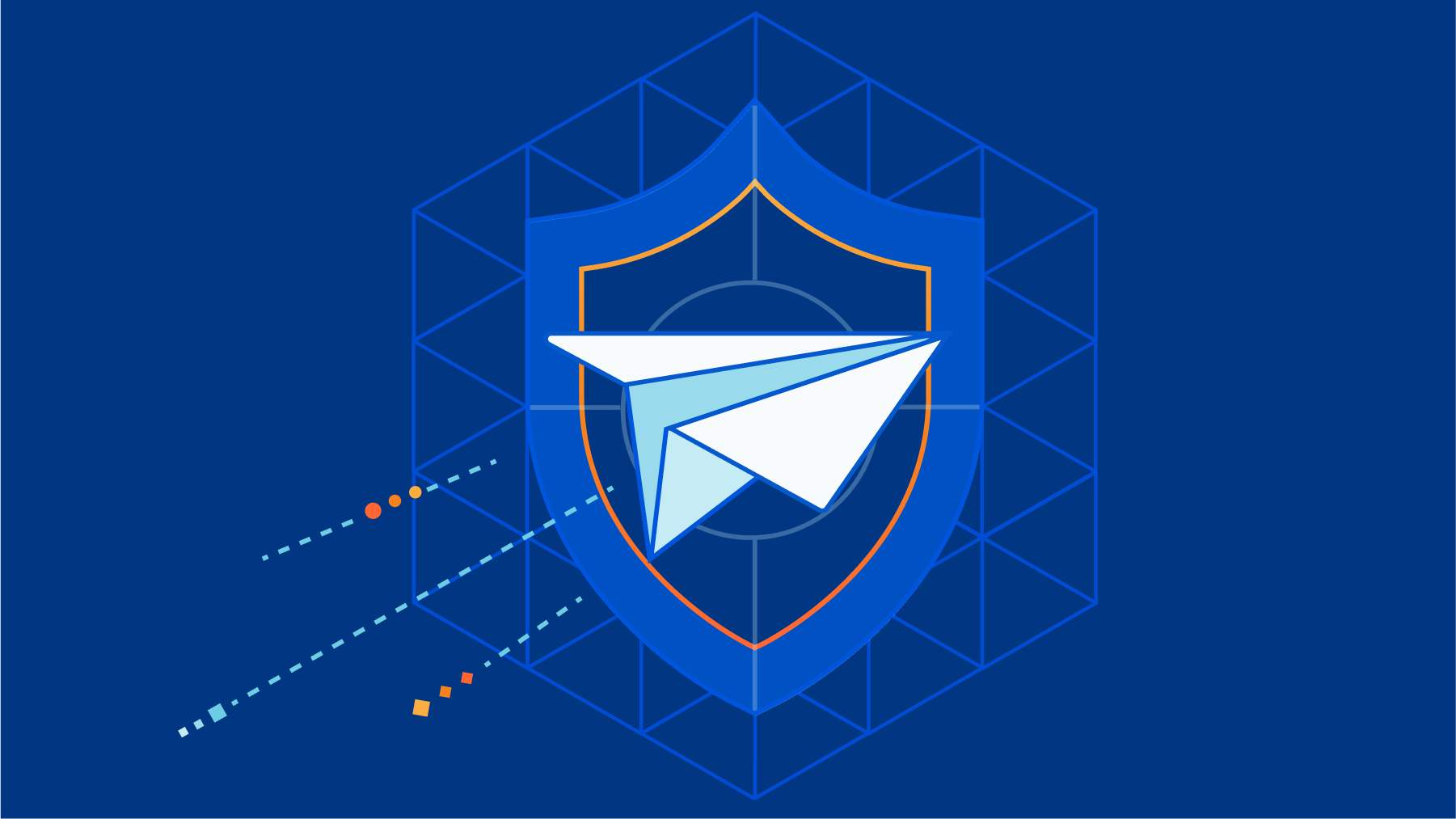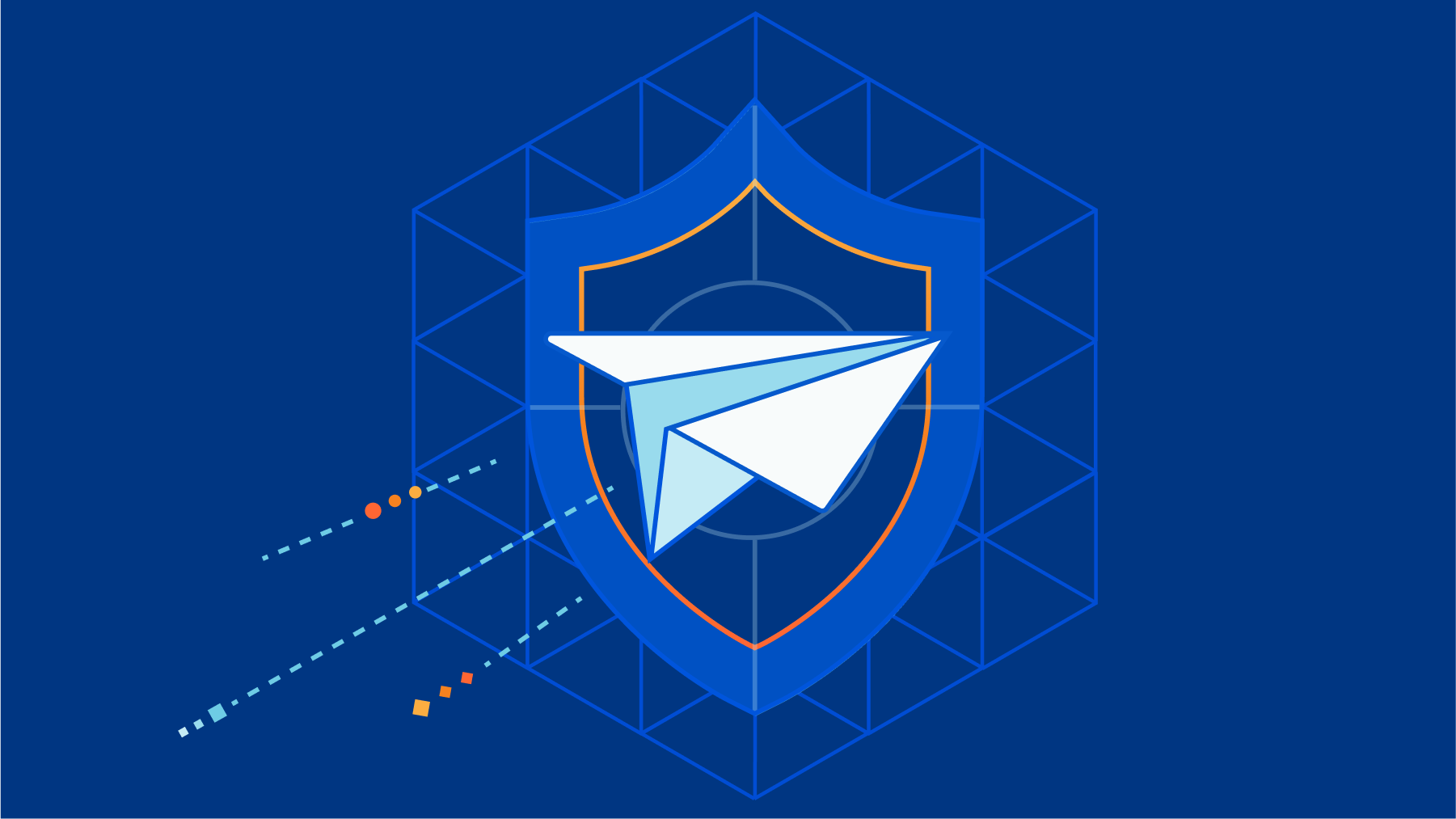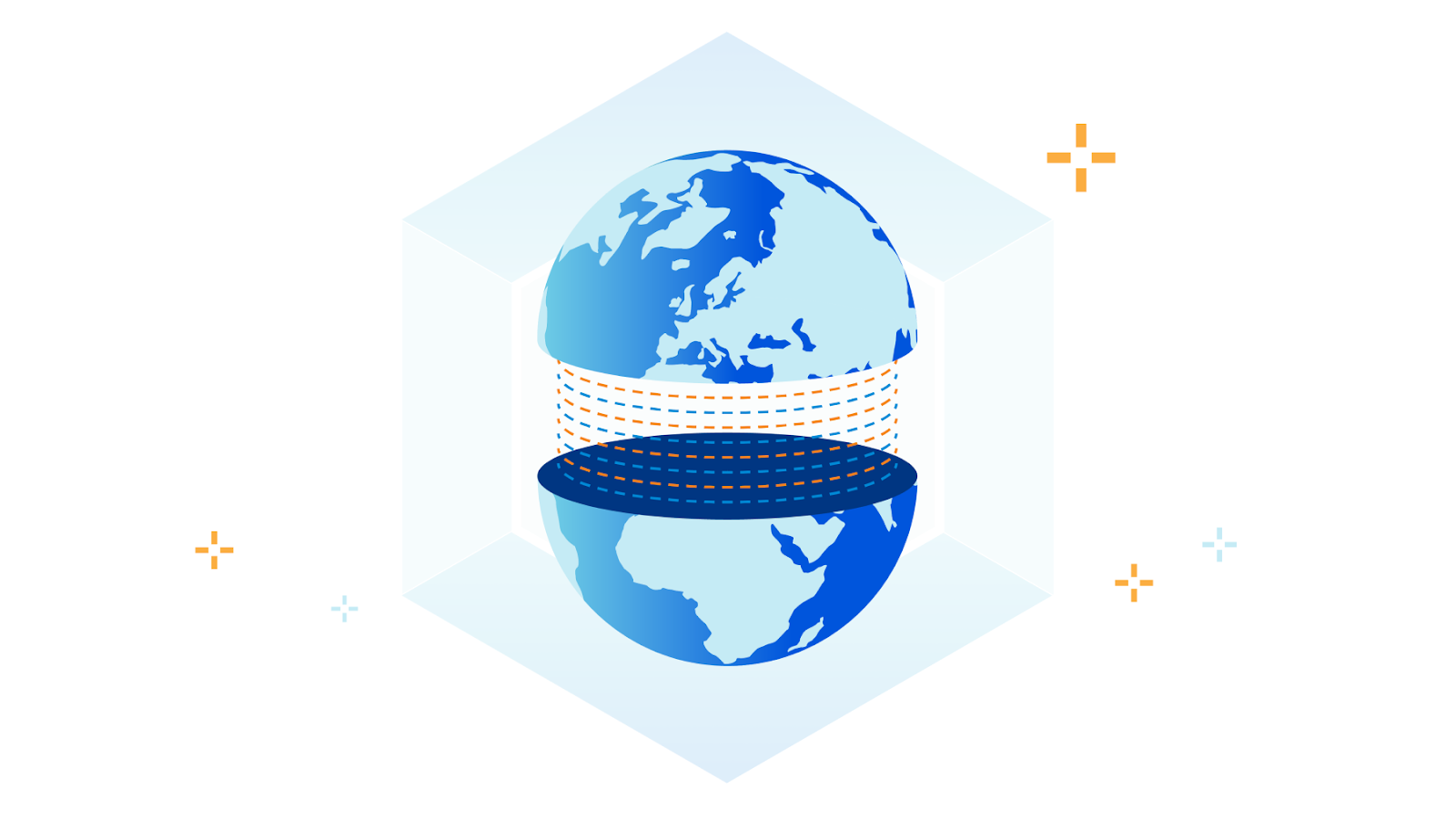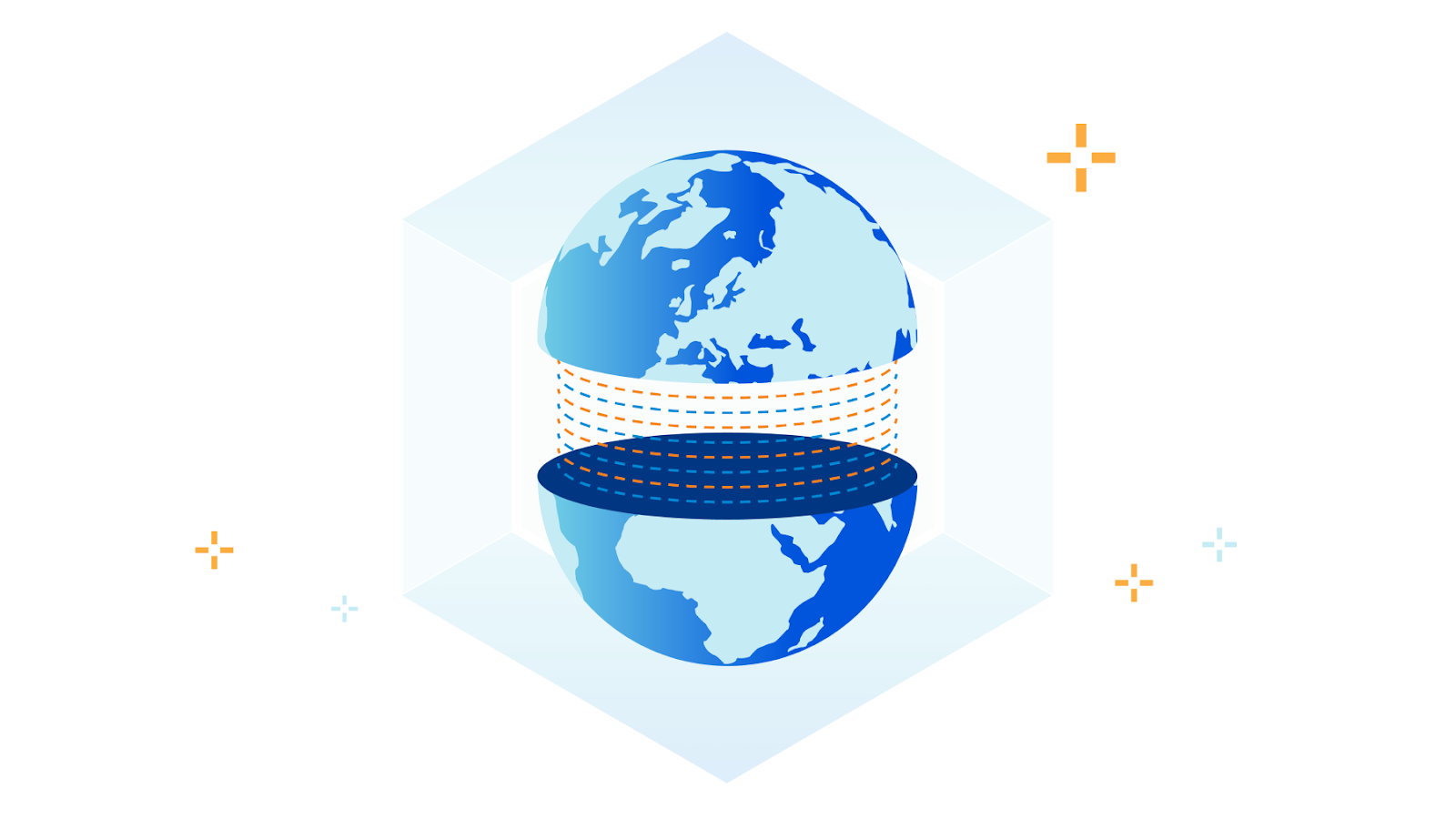Kubernetes Security And Networking 1: Why Security Matters And Course Overview
This course looks at securing Kubernetes, with an emphasis, though not exclusively, on network security. Topics we’ll cover in the series include: Role-based access control Securing control planes and worker nodes API security and policy management Dealing with vulnerabilities Security capabilities of a service mesh Security-enabled Container Network Interfaces (CNIs) Securing the ingress controller Scanning […]
The post Kubernetes Security And Networking 1: Why Security Matters And Course Overview appeared first on Packet Pushers.
Infrastructure Privacy Live Webinar
I’m teaching a three-hour webinar on infrastructure privacy this coming Friday. From the description—
Privacy is important to every IT professional, including network engineers—but there is very little training oriented towards anyone other than privacy professionals. This training aims to provide a high-level overview of privacy and how privacy impacts network engineers. Information technology professionals are often perceived as “experts” on “all things IT,” and hence are bound to face questions about the importance of privacy, and how individual users can protect their privacy in more public settings.
There is a recording for anyone who registers.
CIO Week 2023 recap

This post is also available in 日本語, 简体中文, and Español.

In our Welcome to CIO Week 2023 post, we talked about wanting to start the year by celebrating the work Chief Information Officers do to keep their organizations safe and productive.
Over the past week, you learned about announcements addressing all facets of your technology stack – including new services, betas, strategic partnerships, third party integrations, and more. This recap blog summarizes each announcement and labels what capability is generally available (GA), in beta, or on our roadmap.
We delivered on critical capabilities requested by our customers – such as even more comprehensive phishing protection and deeper integrations with the Microsoft ecosystem. Looking ahead, we also described our roadmap for emerging technology categories like Digital Experience Monitoring and our vision to make it exceedingly simple to route traffic from any source to any destination through Cloudflare’s network.
Everything we launched is designed to help CIOs accelerate their pursuit of digital transformation. In this blog, we organized our announcement summaries based on the three feelings we want CIOs to have when they consider partnering with Cloudflare:
- CIOs now have a simpler roadmap to Zero Trust and SASE: We announced Continue reading
Hedge 161: Going Dark with Geoff Huston
 Encrypt everything! Now! We don’t often do well with absolutes like this in the engineering world–we tend to focus on “get it down,” and not to think very much about the side effects or unintended consequences. What are the unintended consequences of encrypting all traffic all the time? Geoff Huston joins Tom Ammon and Russ White to discuss the problems with going dark.
Encrypt everything! Now! We don’t often do well with absolutes like this in the engineering world–we tend to focus on “get it down,” and not to think very much about the side effects or unintended consequences. What are the unintended consequences of encrypting all traffic all the time? Geoff Huston joins Tom Ammon and Russ White to discuss the problems with going dark.
API-based email scanning


The landscape of email security is constantly changing. One aspect that remains consistent is the reliance of email as the beginning for the majority of threat campaigns. Attackers often start with a phishing campaign to gather employee credentials which, if successful, are used to exfiltrate data, siphon money, or perform other malicious activities. This threat remains ever present even as companies transition to moving their email to the cloud using providers like Microsoft 365 or Google Workspace.
In our pursuit to help build a better Internet and tackle online threats, Cloudflare offers email security via our Area 1 product to protect all types of email inboxes - from cloud to on premise. The Area 1 product analyzes every email an organization receives and uses our threat models to assess if the message poses risk to the customer. For messages that are deemed malicious, the Area 1 platform will even prevent the email from landing in the recipient's inbox, ensuring that there is no chance for the attempted attack to be successful.
We try to provide customers with the flexibility to deploy our solution in whatever way they find easiest. Continuing in this pursuit to make our solution as turnkey as Continue reading
Expanding our Microsoft collaboration: proactive and automated Zero Trust security for customers


As CIOs navigate the complexities of stitching together multiple solutions, we are extending our partnership with Microsoft to create one of the best Zero Trust solutions available. Today, we are announcing four new integrations between Azure AD and Cloudflare Zero Trust that reduce risk proactively. These integrated offerings increase automation allowing security teams to focus on threats versus implementation and maintenance.
What is Zero Trust and why is it important?
Zero Trust is an overused term in the industry and creates a lot of confusion. So, let's break it down. Zero Trust architecture emphasizes the “never trust, always verify” approach. One way to think about it is that in the traditional security perimeter or “castle and moat” model, you have access to all the rooms inside the building (e.g., apps) simply by having access to the main door (e.g., typically a VPN). In the Zero Trust model you would need to obtain access to each locked room (or app) individually rather than only relying on access through the main door. Some key components of the Zero Trust model are identity e.g., Azure AD (who), apps e.g., a SAP instance or a custom Continue reading
Email Link Isolation: your safety net for the latest phishing attacks


Email is one of the most ubiquitous and also most exploited tools that businesses use every single day. Baiting users into clicking malicious links within an email has been a particularly long-standing tactic for the vast majority of bad actors, from the most sophisticated criminal organizations to the least experienced attackers.
Even though this is a commonly known approach to gain account access or commit fraud, users are still being tricked into clicking malicious links that, in many cases, lead to exploitation. The reason is simple: even the best trained users (and security solutions) cannot always distinguish a good link from a bad link.
On top of that, securing employees' mailboxes often results in multiple vendors, complex deployments, and a huge drain of resources.
Email Link Isolation turns Cloudflare Area 1 into the most comprehensive email security solution when it comes to protecting against phishing attacks. It rewrites links that could be exploited, keeps users vigilant by alerting them of the uncertainty around the website they’re about to visit, and protects against malware and vulnerabilities through the user-friendly Cloudflare Browser Isolation service. Also, in true Cloudflare fashion, it’s a one-click deployment.
Protecting against deceptive links
With more than a couple Continue reading
How Cloudflare Area 1 and DLP work together to protect data in email


Threat prevention is not limited to keeping external actors out, but also keeping sensitive data in. Most organizations do not realize how much confidential information resides within their email inboxes. Employees handle vast amounts of sensitive data on a daily basis, such as intellectual property, internal documentation, PII, or payment information and often share this information internally via email making email one of the largest locations confidential information is stored within a company. It comes as no shock that organizations worry about protecting the accidental or malicious egress of sensitive data and often address these concerns by instituting strong Data Loss Prevention policies. Cloudflare makes it easy for customers to manage the data in their email inboxes with Area 1 Email Security and Cloudflare One.
Cloudflare One, our SASE platform that delivers network-as-a-service (NaaS) with Zero Trust security natively built-in, connects users to enterprise resources, and offers a wide variety of opportunities to secure corporate traffic, including the inspection of data transferred to your corporate email. Area 1 email security, as part of our composable Cloudflare One platform, delivers the most complete data protection for your inbox and offers a cohesive solution when including additional services, such as Data Loss Continue reading
How Cloudflare can help stop malware before it reaches your app


Let’s assume you manage a job advert site. On a daily basis job-seekers will be uploading their CVs, cover letters and other supplementary documents to your servers. What if someone tried to upload malware instead?
Today we’re making your security team job easier by providing a file content scanning engine integrated with our Web Application Firewall (WAF), so that malicious files being uploaded by end users get blocked before they reach application servers.
Enter WAF Content Scanning.
If you are an enterprise customer, reach out to your account team to get access.
Making content scanning easy
At Cloudflare, we pride ourselves on making our products very easy to use. WAF Content Scanning was built with that goal in mind. The main requirement to use the Cloudflare WAF is that application traffic is proxying via the Cloudflare network. Once that is done, turning on Content Scanning requires a single API call.
Once on, the WAF will automatically detect any content being uploaded, and when found, scan it and provide the results for you to use when writing WAF Custom Rules or reviewing security analytics dashboards.
The entire process runs inline with your HTTP traffic and requires no change to your Continue reading
DoS Attack Using Spanning Tree Protocol
The Spanning Tree Protocol (STP) is a network protocol that builds a loop-free logical topology […]
The post DoS Attack Using Spanning Tree Protocol first appeared on Brezular's Blog.
Should ‘Chrome Enhanced Protection’ Be The Default ?
 The strongest level of Safe Browsing protection Google Chrome has to offer
The strongest level of Safe Browsing protection Google Chrome has to offer
Hedge 158: The State of DDoS with Roland Dobbins
DDoS attacks continue to be a persistent threat to organizations of all sizes and in all markets. Roland Dobbins joins Tom Ammon and Russ White to discuss current trends in DDoS attacks, including the increasing scope and scale, as well as the shifting methods used by attackers.
Coming Soon: Ask Me Anything!?
Well, maybe not *anything*, but almost anything is fair game. I’m delighted to share with you that, starting January 2023, I’m hosting a new “Ask JJX” column right here in the Packet Pushers community! This new column lets us interact in new and exciting ways, and truly have a conversation about the topics that matter […]
The post Coming Soon: Ask Me Anything!? appeared first on Packet Pushers.
Video: IPv6 Traffic Filtering Details
Did you like the traffic filtering in the age of IPv6 video by Christopher Werny? Time for part two: IPv6 traffic filtering details.
Video: IPv6 Traffic Filtering Details
Did you like the traffic filtering in the age of IPv6 video by Christopher Werny? Time for part two: IPv6 traffic filtering details.
Capturing Decrypted TLS Traffic with Arkime
In a previous post, we have discussed how to decrypt TLS traffic using a transparent […]
The post Capturing Decrypted TLS Traffic with Arkime first appeared on Brezular's Blog.
2022 US midterm elections attack analysis


Through Cloudflare’s Impact programs, we provide cyber security products to help protect access to authoritative voting information and the security of sensitive voter data. Two core programs in this space are the Athenian Project, dedicated to protecting state and local governments that run elections, and Cloudflare for Campaigns, a project with a suite of Cloudflare products to secure political campaigns’ and state parties’ websites and internal teams.
However, the weeks ahead of the elections, and Election Day itself, were not entirely devoid of attacks. Using data from Cloudflare Radar, which showcases global Internet traffic, attack, and technology trends and insights, we can explore traffic patterns, attack types, and top attack sources associated with both Athenian Project and Cloudflare for Campaigns participants.
For both programs, overall traffic volume unsurprisingly ramped up as Election Day approached. SQL Injection (SQLi) and HTTP Anomaly attacks were the two largest categories of attacks mitigated by Cloudflare’s Web Application Firewall (WAF), and the United States was the largest source of observed attacks — see more on this last point below.
Below, we explore the trends seen across both customer sets from October 1, 2022, through Election Day on November 8.
Athenian Project
Throughout Continue reading
Hedge 153: Security Perceptions and Multicloud Roundtable
Tom, Eyvonne, and Russ hang out at the hedge on this episode. The topics of discussion include our perception of security—does the way IT professionals treat security and privacy helpful for those who aren’t involved in the IT world? Do we discourage users from taking security seriously by making it so complex and hard to use? Our second topic is whether multicloud is being oversold for the average network operator.
Cloudflare is not affected by the OpenSSL vulnerabilities CVE-2022-3602 and CVE-2022-3786


Yesterday, November 1, 2022, OpenSSL released version 3.0.7 to patch CVE-2022-3602 and CVE-2022-3786, two HIGH risk vulnerabilities in the OpenSSL 3.0.x cryptographic library. Cloudflare is not affected by these vulnerabilities because we use BoringSSL in our products.
These vulnerabilities are memory corruption issues, in which attackers may be able to execute arbitrary code on a victim’s machine. CVE-2022-3602 was initially announced as a CRITICAL severity vulnerability, but it was downgraded to HIGH because it was deemed difficult to exploit with remote code execution (RCE). Unlike previous situations where users of OpenSSL were almost universally vulnerable, software that is using other versions of OpenSSL (like 1.1.1) are not vulnerable to this attack.
How do these issues affect clients and servers?
These vulnerabilities reside in the code responsible for X.509 certificate verification - most often executed on the client side to authenticate the server and the certificate presented. In order to be impacted by this vulnerability the victim (client or server) needs a few conditions to be true:
- A malicious certificate needs to be signed by a Certificate Authority that the victim trusts.
- The victim needs to validate the malicious certificate or ignore a Continue reading
On the ‘net: Privacy and Networking
The final three posts in my series on privacy for infrastructure engineers is up over at Packet Pushers. While privacy might not seem like a big deal to infrastructure folks, it really is an issue we should all be considering and addressing—if for no other reason than privacy and security are closely related topics. The primary “thing” you’re trying to secure when you think about networking is data—or rather, various forms of privacy.